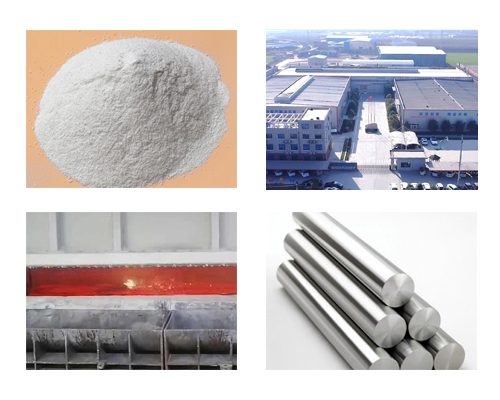For many years, foundries have used aluminum smelter fluxes to reduce alloy waste, control scum formation, and remove impurities in the alloy, otherwise, these impurities will affect the quality.
The fluxes for aluminum smelter are usually the mixture of chloride and fluoride salts, minimize the penetration of atmospheric hydrogen and absorb non-metallic inclusions suspended in the melt.
Aluminum alloys tend to absorb hydrogen and are easy to oxidize when molten alloys are exposed to atmosphere or moisture. The oxidation process will form a continuous alumina film on the surface. Although this remains stationary, the film protects the molten alloy from further oxidation.
In the foundry, movement is part of the process, which causes surface cracking, further oxidation, and rapid thickening of the surface film. This continuously thickened shell is also wrapped with non oxidized aluminum, resulting in “wet slag” and wasting a lot of alloys. In a typical wet scum, only 20% to 40% is alumina, and the rest is composed of encapsulated aluminum. This results in a waste of 5% to 10% of the total amount of molten metal.

Covering flux and slagging flux are used to reduce oxidation and hydrogen adsorption by forming a melting barrier “blanket” on the alloy surface, and these problems are solved by reducing the thickness of the slag shell. Since the crust does not thicken so much, these fluxes can reduce the amount of suspended liquid metal by 60% – 80%.
In addition to oxidation and gas absorption, aluminum alloys are also vulnerable to metallic and non-metallic impurities suspended in molten alloys. Impurities and alumina will remain suspended because they are porous and contain some gas that adheres to and is trapped in the pores. These impurities may be introduced into the melt during loading, processing, or handling operations and must be removed if the quality and consistency of the final casting are to be maintained. Cleaning flux is used to remove non-metallic inclusions in the melt.

